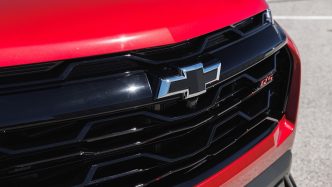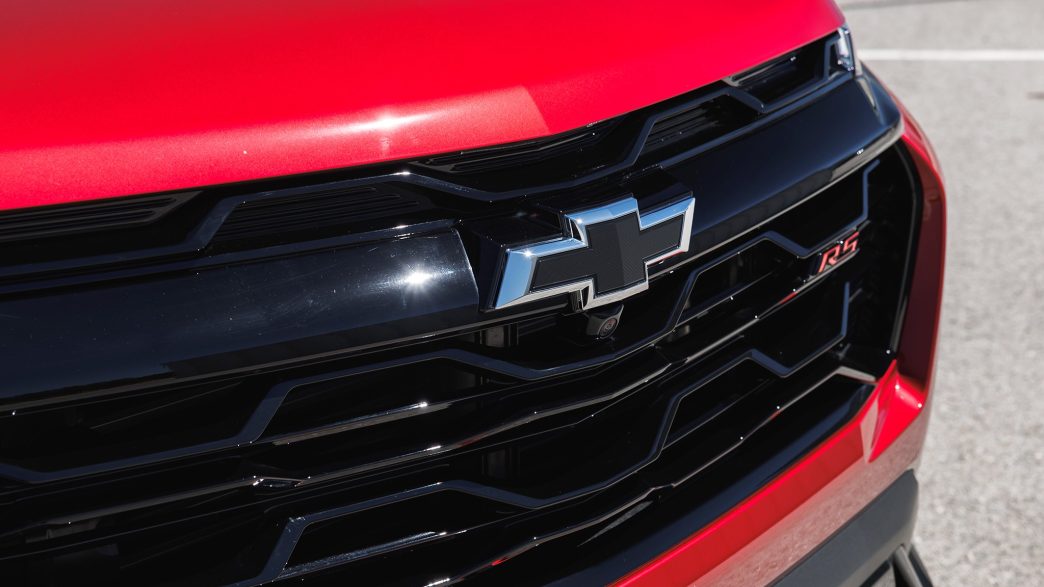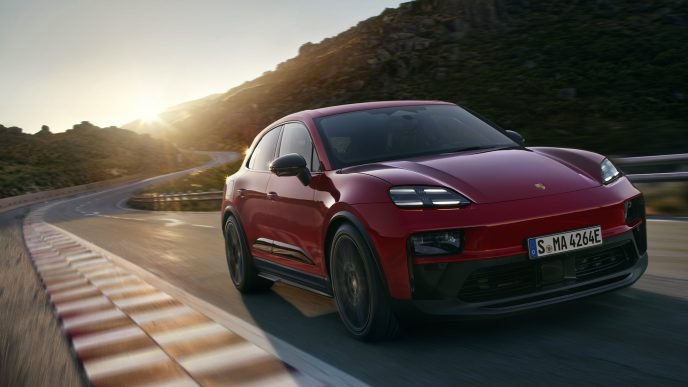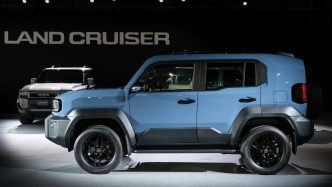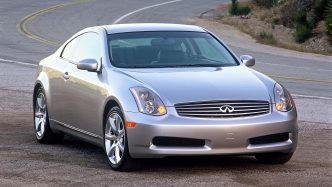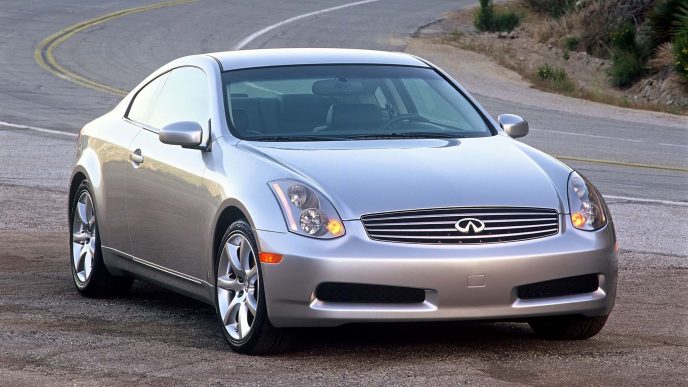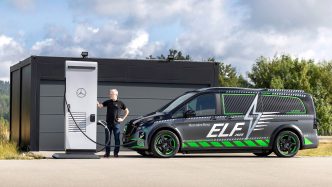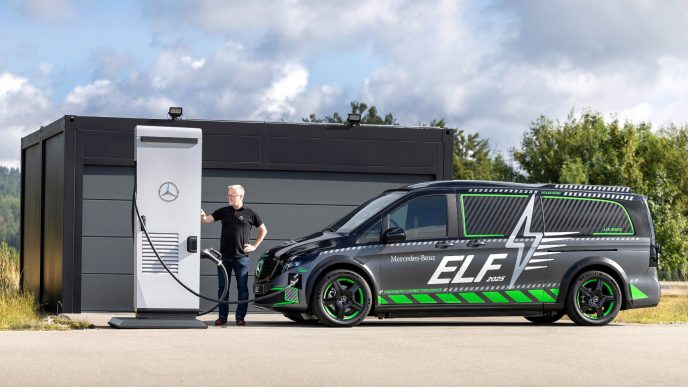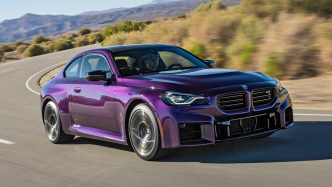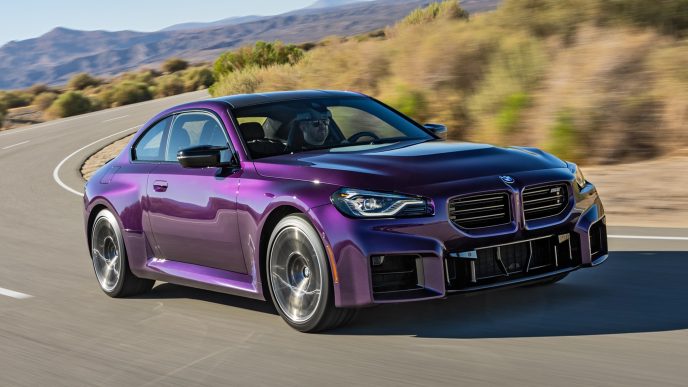GM is pulling the plug on its Chevrolet BrightDrop electric delivery van, shifting focus toward a new product for the Canadian facility where the model was built, according to CEO Mary Barra. While GM’s retail lineup will remain steady for now, the company’s commercial strategy is taking a different turn.
“The electric van segment hasn’t grown nearly as fast as we projected, and shifting regulations plus shrinking fleet incentives have made the business tougher,” Barra explained. Production at the CAMI plant in Ingersoll, Ontario, was halted back in May due to sluggish BrightDrop sales, and although a single shift was scheduled to resume this month, that plan has been scrapped. Barra noted that the move was a difficult one, acknowledging its impact on employees. The BrightDrop, once a promising fleet EV, had served companies such as FedEx, DHL, and Walmart.
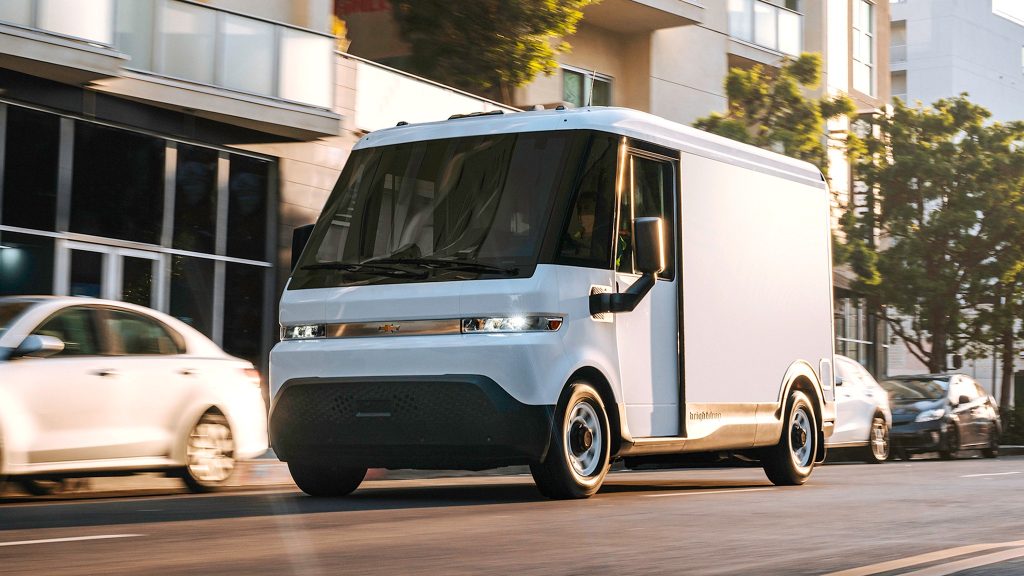
We Need to Make More of the Chevy Equinox
In an ironic twist, the CAMI facility previously assembled the Chevrolet Equinox until 2022, when it was retooled to produce the BrightDrop. Now, GM is doubling down on the gas-powered Equinox — as well as its electric counterpart — in response to rising demand. Barra confirmed plans to ramp up compact SUV production, announcing that the Fairfax assembly plant in Kansas City, Kansas, will begin building gasoline Equinox models in 2027. As part of a larger $4 billion U.S. manufacturing investment, GM will also move production of the non-EV Chevrolet Blazer from Mexico to Tennessee.
Barra described the BrightDrop discontinuation and related plant realignments as part of an effort to “right-size” GM’s EV strategy. Although the commercial van project has ended, she emphasized that GM remains fully committed to vehicles such as the Equinox EV and the Cadillac Escalade IQ. The automaker will continue advancing battery technologies like LMR chemistry, but with federal EV tax incentives disappearing, Barra acknowledged that electric adoption is slowing and combustion vehicles are proving more resilient than expected.
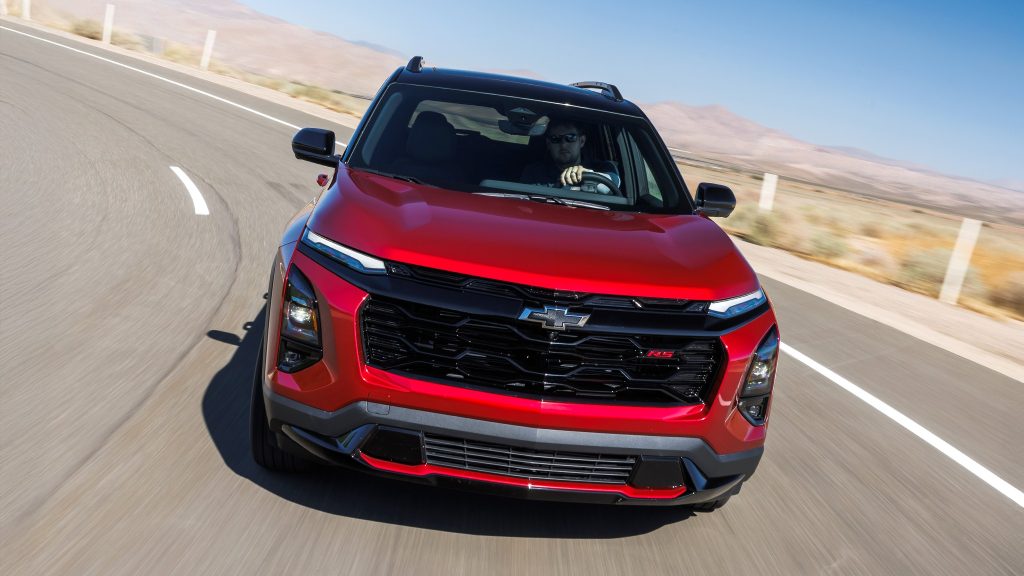
Expensive New EV Strategy
To realign its electric roadmap, GM took a $1.6 billion hit in the third quarter. The updated EV plan accounts for reduced demand following incentive cuts, but Barra expects the market to normalize as brands that once sold EVs cheaply for compliance drop out, leaving quality products to define the space. “A market driven by artificial incentives,” she suggested, “will now become one led by genuine consumer interest.”
GM’s EV losses are expected to keep shrinking, and tariff expenses won’t be as heavy as once projected — now estimated between $3.5 and $4.5 billion, down from $5 billion. Barra also said GM will expand U.S.-based sourcing and manufacturing while staying alert to evolving trade and tariff policies under the Trump administration.
Despite the turbulence, GM achieved its strongest third-quarter market share since 2017. Although adjusted earnings dipped and net income fell to $1.3 billion due to the restructuring costs, the company has raised its full-year forecast, expecting between $12 billion and $13 billion in adjusted earnings — up from earlier guidance of $10 billion to $12.5 billion. CFO Paul Jacobson added that GM’s ongoing simplification efforts, warranty cost reductions, and Chinese market restructuring should position the company for even stronger performance heading into 2026.
GM’s decisions mark a pragmatic shift: pulling back where demand lags, doubling down where profits grow, and bracing for a market where both gasoline and electric power must coexist — at least for now.
